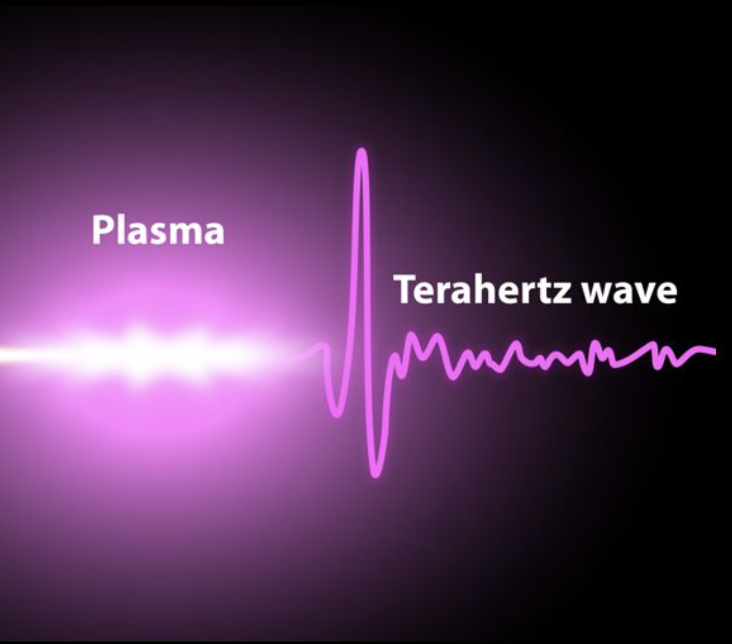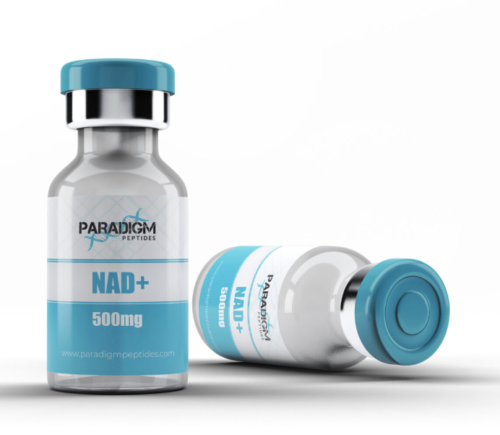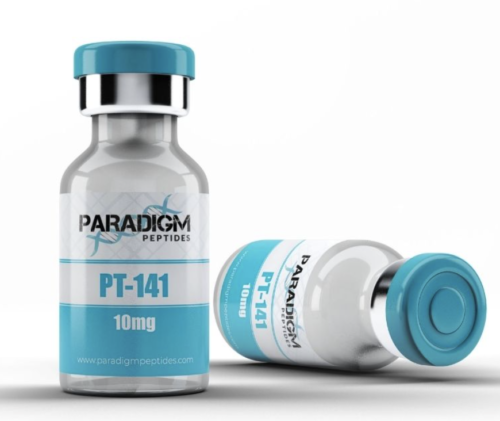Terahertz waves, located in the electromagnetic spectrum between microwaves and infrared light, have long remained untapped due to technological limitations. However, recent advancements in terahertz technology have unlocked their immense potential for a wide range of applications. From medical imaging and security screening to wireless communication and material characterization, terahertz waves are revolutionizing various fields, offering unique advantages that could significantly benefit humanity.
- Medical Imaging and Diagnostics:
Terahertz waves hold great promise for medical imaging and diagnostics. Unlike X-rays or visible light, terahertz waves are non-ionizing and can penetrate various materials, including biological tissues. This property enables safe and non-invasive imaging techniques that can provide detailed information about the internal structure of tissues without causing harm.
Terahertz imaging can aid in the early detection of skin cancers, as it can differentiate between healthy and cancerous tissues based on their distinct terahertz absorption spectra. Additionally, terahertz waves can penetrate through clothing, allowing for non-invasive detection of concealed objects, such as weapons or drugs, which can be invaluable in security applications.
- Wireless Communication:
The ever-increasing demand for high-speed wireless communication has led to the exploration of terahertz waves as a potential solution. Terahertz frequencies offer significantly wider bandwidths compared to existing radio frequency bands. This attribute enables faster data transfer rates, allowing for seamless transmission of large volumes of information in a short amount of time.
Terahertz wireless communication has the potential to revolutionize technologies such as ultra-high-definition video streaming, virtual reality applications, and autonomous vehicles, where large data volumes need to be transmitted rapidly and reliably. Furthermore, terahertz waves can alleviate the spectrum congestion experienced in lower frequency bands, facilitating the development of next-generation wireless networks.
- Material Characterization and Quality Control:
Terahertz waves have proven to be highly effective in characterizing various materials and assessing their quality. The unique interaction between terahertz waves and different materials allows for non-destructive evaluation and analysis of their properties. This capability has numerous applications in industries such as pharmaceuticals, agriculture, and manufacturing.
Terahertz spectroscopy can identify the chemical composition of pharmaceutical drugs, ensuring their authenticity and quality. In agriculture, terahertz imaging can assess the moisture content and ripeness of fruits, optimizing harvesting processes and minimizing waste. Additionally, terahertz waves can detect defects and irregularities in materials during manufacturing, enabling efficient quality control and reducing product failures.
- Security and Surveillance:
Terahertz waves offer exceptional capabilities in security and surveillance applications. Their ability to penetrate clothing and non-metallic objects while providing high-resolution images makes them invaluable for identifying concealed weapons, explosives, or illicit substances in public spaces, airports, and other sensitive areas. Terahertz scanners can offer a non-invasive alternative to conventional pat-downs or X-ray screening, enhancing security measures while respecting privacy.
Moreover, terahertz imaging can detect hidden structural weaknesses in buildings or infrastructure, aiding in the identification of potential hazards and ensuring public safety. The technology’s unique ability to see through various materials, such as plastics, textiles, or ceramics, makes it a valuable tool for law enforcement agencies and security personnel.
Conclusion:
The development of terahertz technology has unveiled a new realm of possibilities across multiple fields. From medical imaging and diagnostics to wireless communication, material characterization, and security applications, terahertz waves offer unique advantages that can greatly benefit humanity. With ongoing research and technological advancements, the full potential of terahertz technology is yet to be realized. As we continue to harness the power of these waves, we can expect exciting advancements that will shape the future of healthcare, communication, industry, and security, improving our lives in unprecedented ways.








Leave A Comment